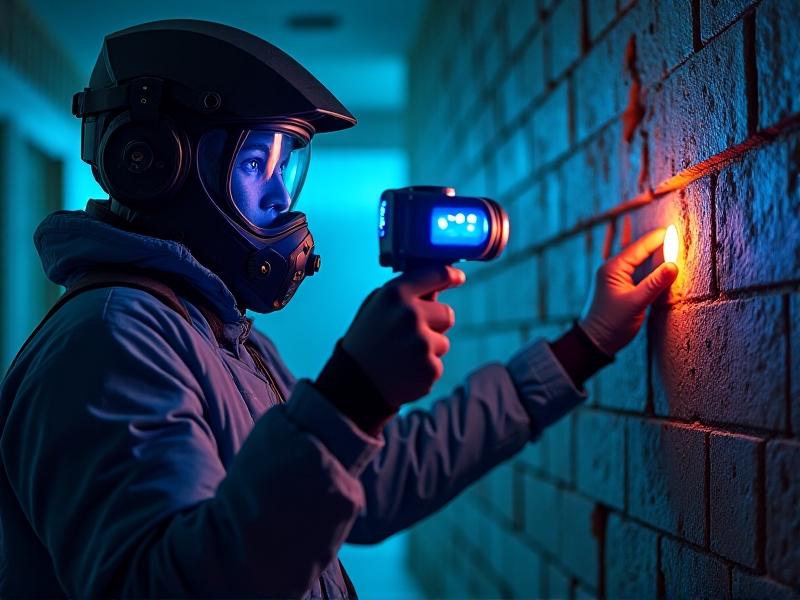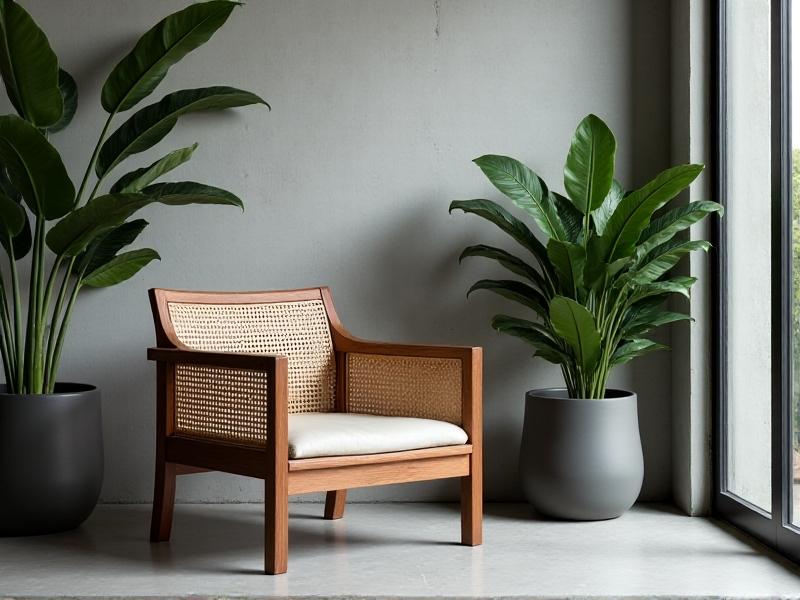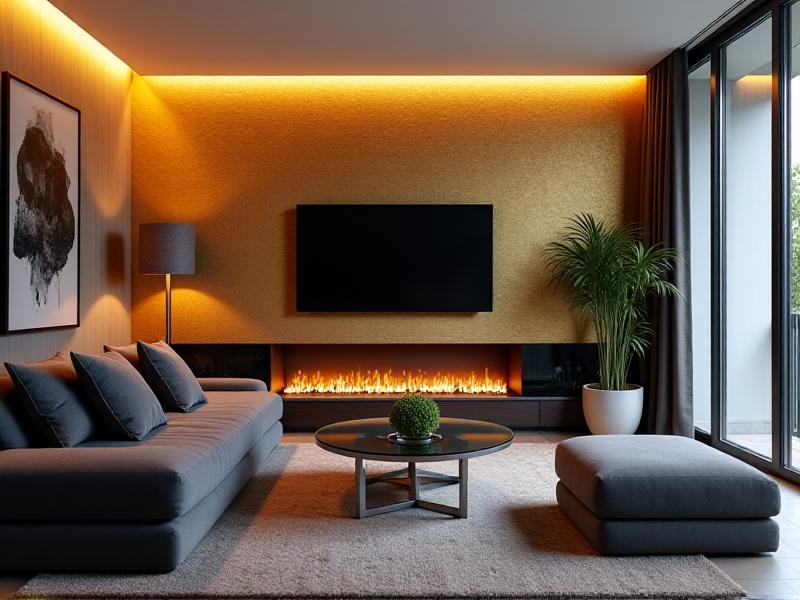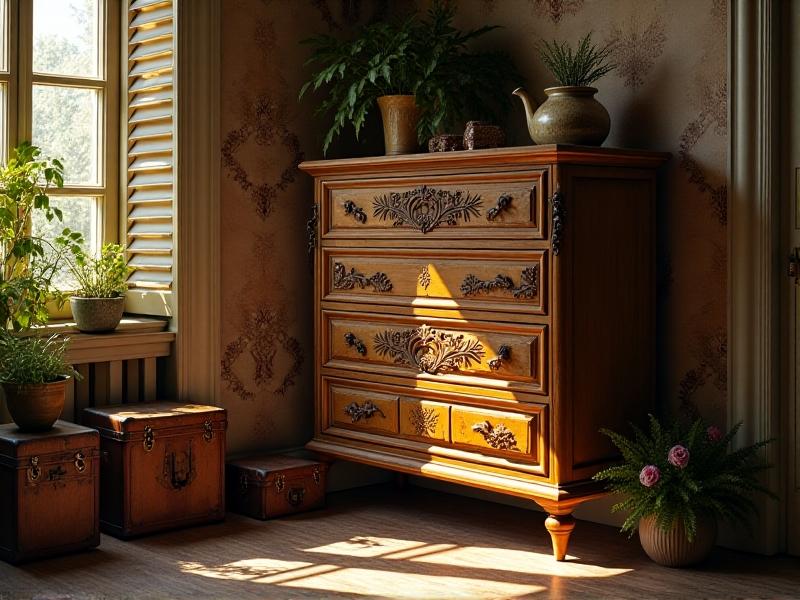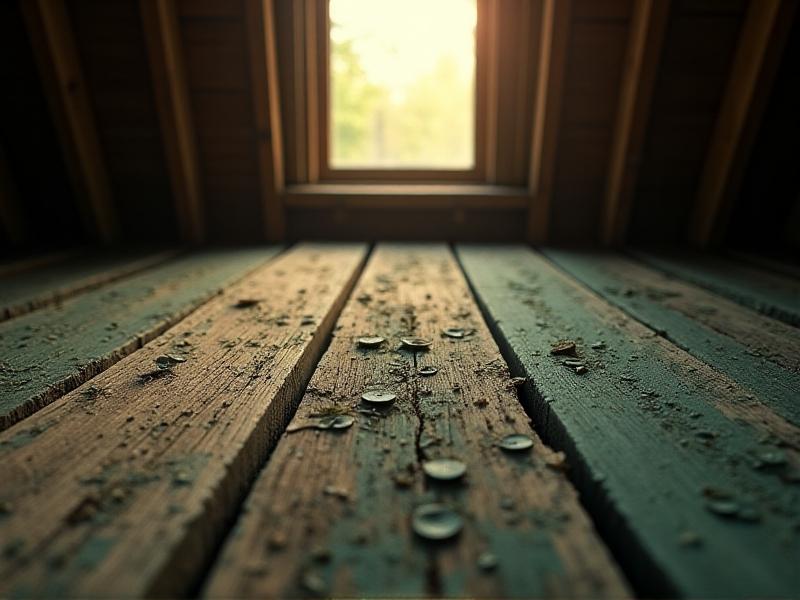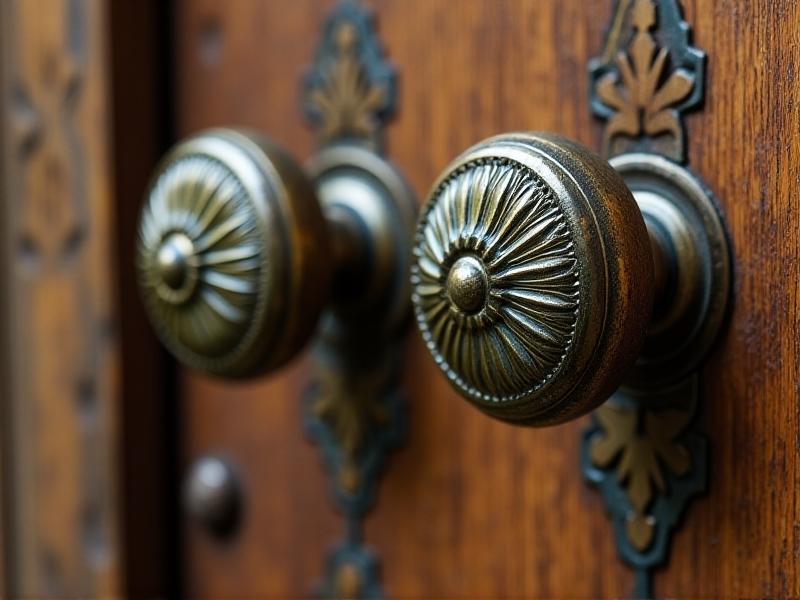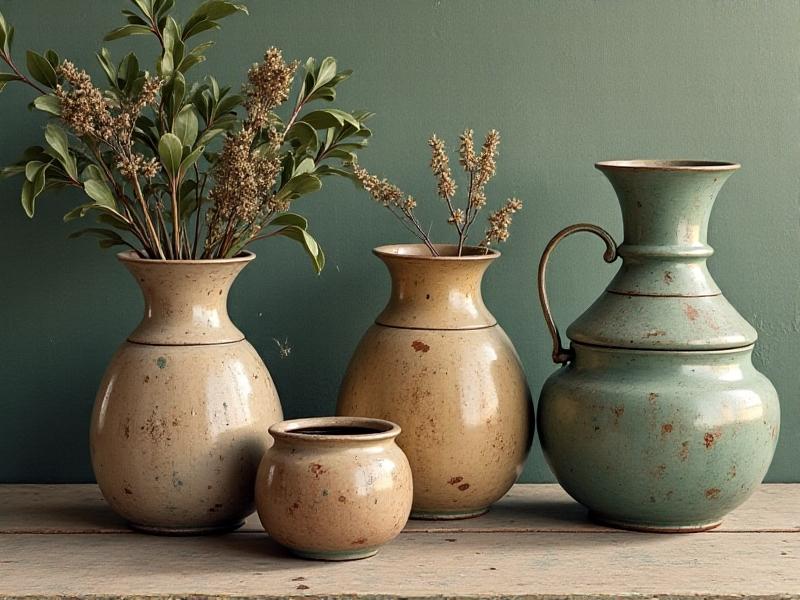Glass Insertion: Adding Transparency to Solid Furniture
The Historical Evolution of Glass in Furniture Design
Glass has been a symbol of luxury and innovation since its earliest use in ancient civilizations. Initially reserved for small decorative items, advancements in glassblowing and casting during the Roman Empire allowed for larger, sturdier applications. By the 19th century, the Industrial Revolution democratized glass production, enabling its integration into furniture. Art Nouveau designers like Émile Gallé celebrated glass’s fluidity, pairing it with organic wood forms, while Bauhaus pioneers later embraced its minimalist potential. Mid-century modernists, such as Eero Saarinen, fused glass with sleek metals, cementing its role in contemporary design. Today, glass insertion bridges historical craftsmanship with cutting-edge aesthetics.
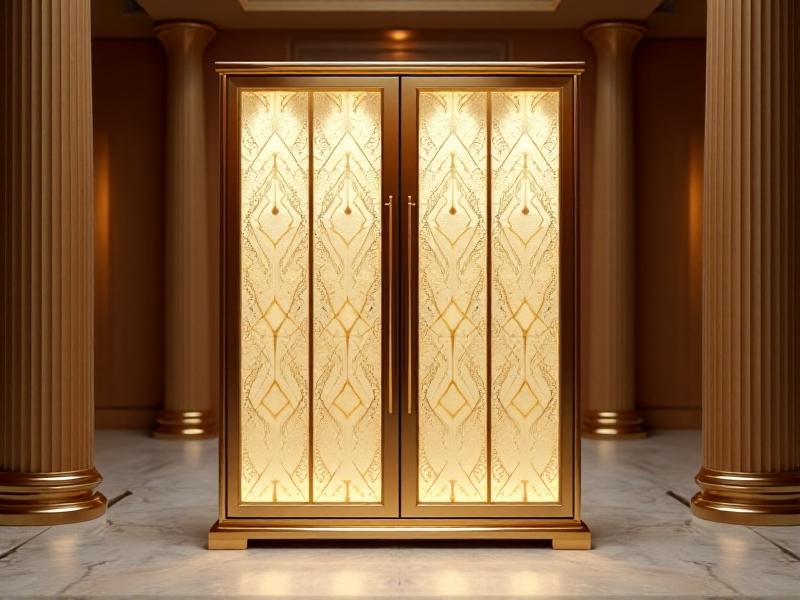
The Aesthetic Appeal: Balancing Opacity and Light
Glass insertion transforms solid furniture by introducing visual lightness. A heavy wooden desk gains airiness with a tempered glass top, while a concrete console feels less imposing with translucent shelving. Designers often layer textures—matte glass paired with rough-hewn oak or glossy surfaces against polished steel—to create contrast. The interplay of light amplifies this effect: sunlight diffusing through frosted glass casts ethereal patterns, while backlit clear glass becomes a focal point in dim spaces. This balance allows furniture to dominate a room without overwhelming it, making it ideal for open-plan interiors seeking both definition and flow.

Material Synergy: Glass Meets Wood, Metal, and Stone
The magic of glass insertion lies in its compatibility with diverse materials. Wood’s warmth softens glass’s coolness, as seen in coffee tables with live-edge walnut bases supporting smoked glass tops. Metal frames, whether brushed nickel or blackened iron, offer industrial rigor that complements glass’s fragility. Stone composites like terrazzo embedded with glass chips merge durability with whimsy. Designers also experiment with hybrid joints—epoxy resins bonding glass to reclaimed timber or silicone gaskets securing panes within steel frames—to ensure structural integrity. These combinations cater to varied tastes, from rustic farmhouse to ultra-modern loft aesthetics.
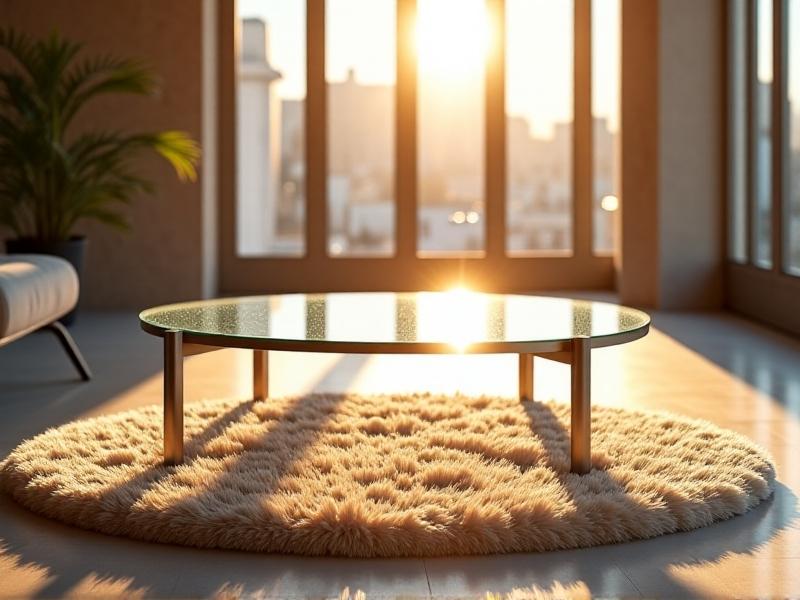
Structural Innovation: Engineering Transparent Supports
Early glass furniture relied on opaque frameworks, but today’s designs challenge this norm. Cantilevered glass shelves defy gravity with hidden brackets, while monolithic glass desks use thick, tempered slabs as self-supporting surfaces. Advances in laminating and tempering allow glass to bear significant weight, enabling creations like all-glass bookshelves with barely visible silicone adhesives. Engineers also employ curved or folded glass, shaped through kiln-forming, to create seamless joints. These innovations blur the line between functional furniture and sculptural art, proving transparency need not compromise strength.
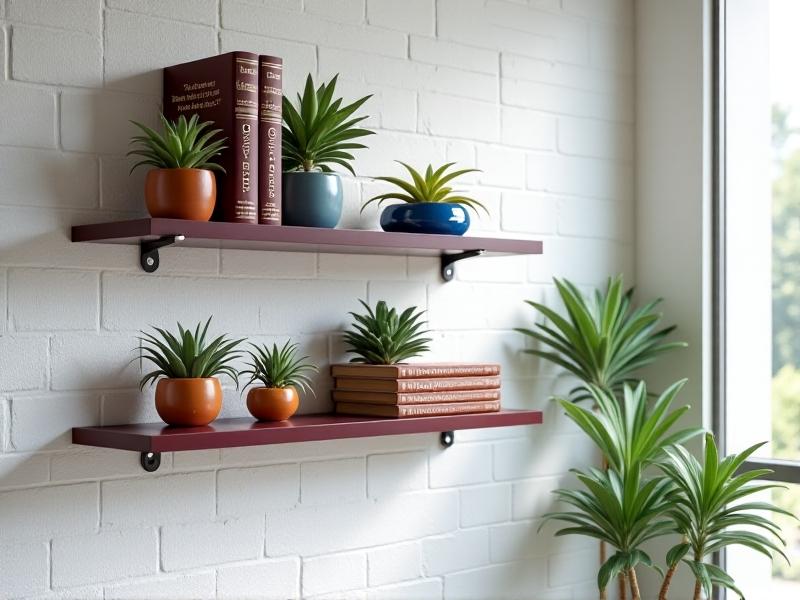
Functional Advantages: Durability Meets Practicality
Beyond aesthetics, glass insertion solves practical dilemmas. Tempered glass resists scratches and heat, making it ideal for dining tables or kitchen countertops. Non-porous surfaces prevent staining, a boon for households with children. In storage units, glass doors protect items from dust while keeping them visible—no more rummaging through cabinets. Commercial spaces benefit too: retail displays with glass inserts highlight products without obstructing sightlines. Additionally, glass’s reflectivity can amplify natural light in small rooms, reducing reliance on artificial lighting and lowering energy costs.
Room-Specific Applications: From Kitchen to Office
In kitchens, glass inserts transform cabinetry into display cases for heirloom dishware. Bathrooms gain spa-like serenity with glass-topped vanities and translucent shower enclosures. Living rooms benefit from glass-accented media units that hide clutter without blocking remote signals. Offices leverage glass desks to foster transparency in collaborative environments, while bedrooms use mirrored glass wardrobes to visually expand space. Even outdoor furniture incorporates weather-resistant glass, as seen in patio tables with textured tops to prevent slippage. Each application tailors glass’s properties to enhance functionality while elevating design.
Sustainability: Eco-Friendly Aspects of Glass Integration
Glass is infinitely recyclable without quality loss, making it a sustainable choice. Furniture incorporating recycled glass—like tabletops with crushed glass aggregates—reduces landfill waste. Energy-efficient production methods, such as low-emission kilns, further lower its environmental footprint. Glass furniture also promotes longevity: a timeless design with replaceable glass panels discourages disposable culture. Moreover, its ability to maximize natural light decreases reliance on artificial sources, cutting energy consumption. Brands like Emeco and Vitra lead the charge, merging eco-conscious materials with modular glass elements for adaptable, enduring pieces.
Customization Techniques: Etching, Tinting, and Texturing
Customization unlocks glass’s full potential. Sandblasting creates frosted patterns for privacy screens or decorative dividers. UV-bonded films add temporary tints—cobalt blue for a pop of color or bronze for UV protection. Textured glass, like ribbed or reeded finishes, diffuses light artfully while hiding fingerprints. For bold statements, digital printing etches photographs or geometric designs onto surfaces. Artisans also experiment with kiln-carved 3D textures, transforming tabletops into tactile landscapes. These techniques allow glass to adapt to any style, from baroque intricacy to zen minimalism.
Maintenance and Care: Preserving Clarity Over Time
Maintaining glass furniture is simpler than perceived. Daily cleaning with a microfiber cloth and vinegar solution prevents streaks. Avoid abrasive pads that could scratch surfaces. For outdoor pieces, apply water-repellent coatings to minimize mineral deposits. Address chips promptly using DIY resin kits to prevent cracking. Protective felt pads under vases or decor prevent scratches. Laminated glass, with its plastic interlayer, offers added shatter resistance. With proper care, glass furniture retains its brilliance for decades, aging gracefully alongside solid wood or metal components.
Future Trends: Smart Glass and Interactive Surfaces
The future of glass furniture lies in smart technology. Electrochromic glass, which tints on demand, offers adjustable privacy for office partitions or bedroom screens. Touch-sensitive surfaces transform tables into interactive displays for meetings or family game nights. Embedded LEDs create mood lighting that shifts with the time of day. Researchers are even exploring photovoltaic glass to harvest solar energy from tabletops. These innovations promise a fusion of aesthetics, utility, and sustainability, ensuring glass remains at the forefront of design evolution.
